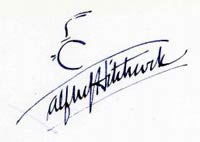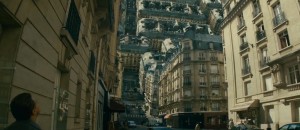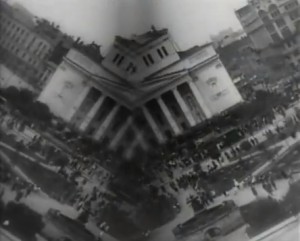Something else I thought was really cool came in the discussion of Alfred Hitchcock in the Auteur Theory chapter. When talking about themes it went into depth on Hitchcock’s fascination with the eyes, and how he puts close-ups of faces with some strange abnormality in the eyes in each of his films. By doing so, he points to the fact that he believes what a character thinks or needs is revealed through the eyes, the windows to the soul. He relates the murderer, his prey, and the audience using these techniques by having the audience enter the violence through the eyes of the victim. Tracing back to his childhood, Hitchcock felt like he was an outsider along with evidence of misogyny and episodes of sadism, all seen as themes in his films.
To be a great filmmaker, you really cannot be average. You have to make a name for yourself, and sometimes that name comes more from what you’ve endured naturally than what you have made for yourself out of hard work. In the Hitchcock passage I read, “His striking way of signing his name was made up of a series of eight strokes of his pen to create a silhouette likeness of himself,” and I immediately googled his signature.
It’s fascinating because looking at the signature at first glance, it looks like nothing but a few random lines above Hitchcock’s name. Looking deeper you are able to see him within it. This is just like Hitchcock’s filmmaking. Upon first view, a film merely looks like a project by a filmmaker. Looking deeper, you can see the filmmaker in the work itself.




